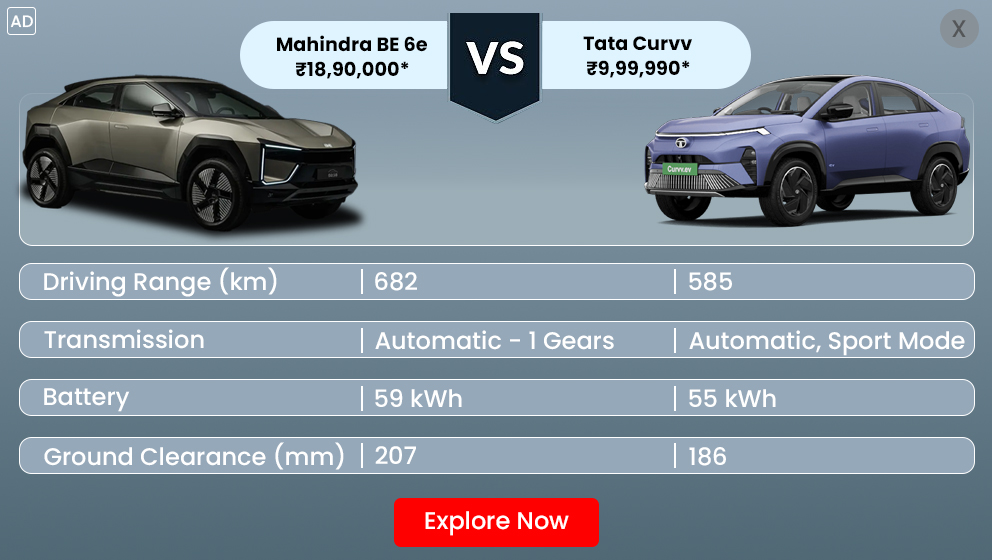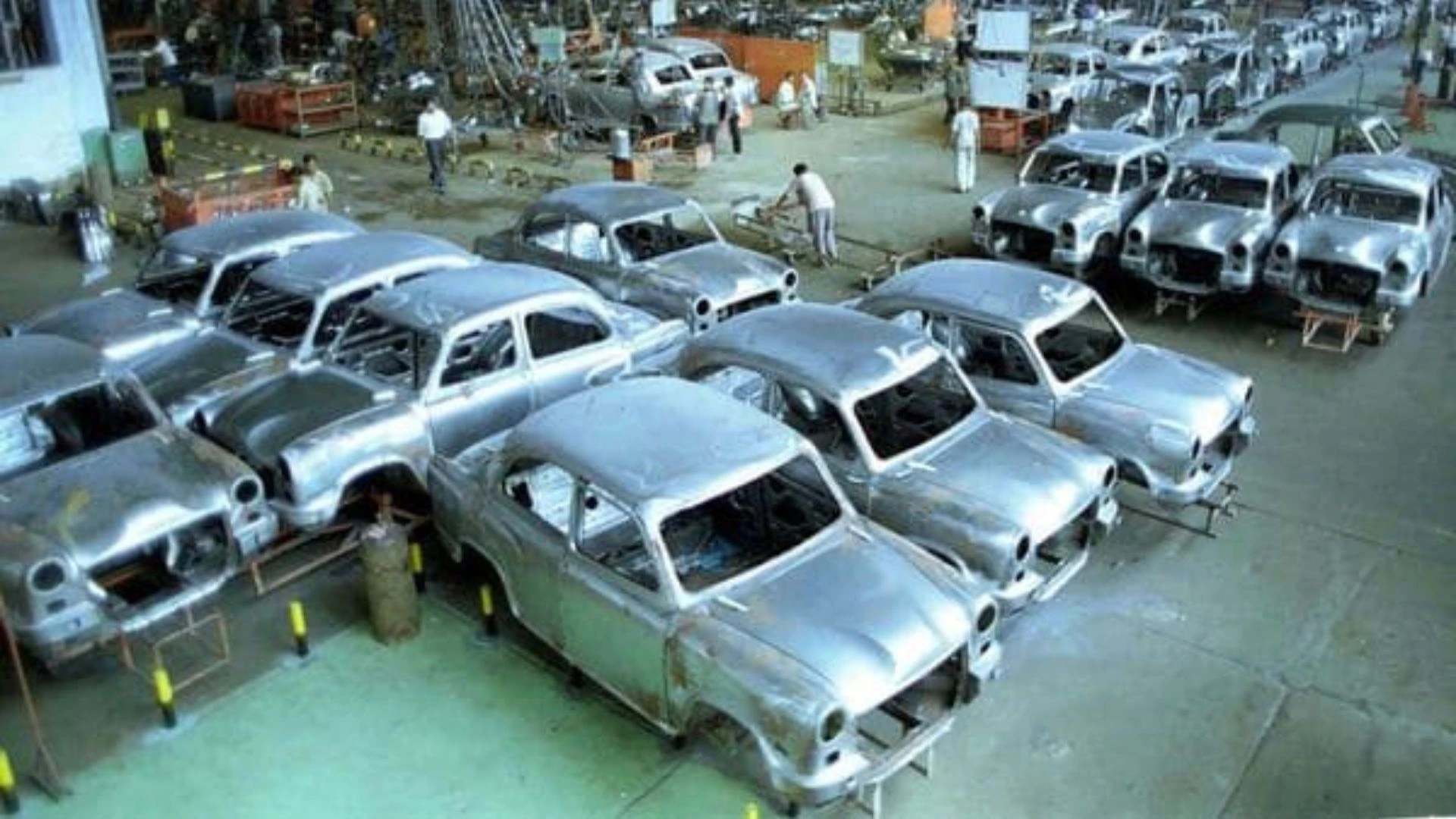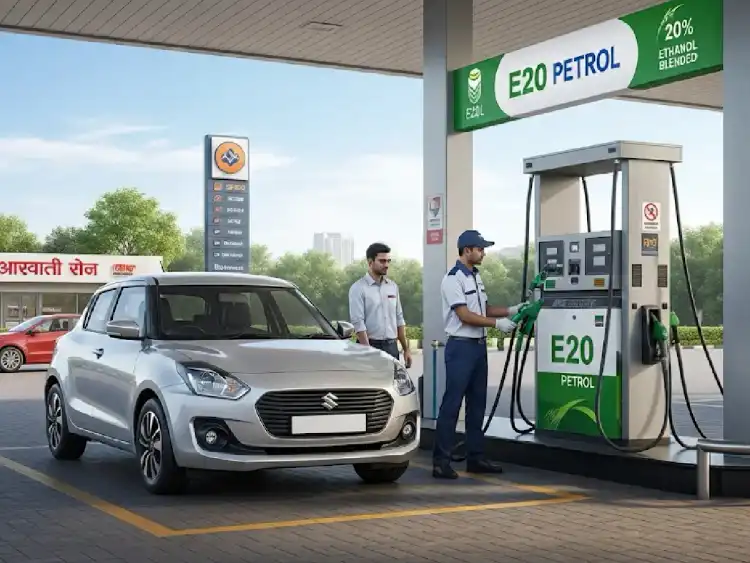India’s road safety and pollution control efforts are shifting into high gear, as the Ministry of Road Transport & Highways (MoRTH) just announced a sharp hike in registration renewal fees for older vehicles. With this new directive, the government hopes to push people toward scrapping older, more polluting vehicles—impacting thousands of car and bike owners across the country.
Why the Renewal Fee Hike?
- Discouraging Aging Vehicles:
The higher fee is designed to discourage keeping vehicles over 20 years old, which typically have poor emissions and safety records. - Promoting Cleaner Roads:
Encouraging the adoption of newer vehicles supports cleaner air and better road safety.
What Are the New Fees?
The MoRTH notification spells out substantial increases across categories:
- Light Motor Vehicles (LMVs):
- Old Fee: Rs 5,000
- New Fee: Rs 10,000
- Motorcycles:
- Old Fee: Rs 1,000
- New Fee: Rs 2,000
- Three-Wheelers & Quadricycles:
- Old Fee: Rs 3,500
- New Fee: Rs 5,000
- Imported Two/Three-Wheelers:
- Renewal Fee: Rs 20,000
- Imported Four-Wheelers or Above:
- Renewal Fee: Rs 80,000
Implications for Vehicle Owners
- Cost Considerations:
Owners must weigh the higher renewal costs against the benefits of keeping their old vehicles. - Scrappage Incentive:
The policy adds financial motivation for switching to newer, more eco-friendly models.
Key Takeaways
|
Vehicle Type |
Old Fee (₹) |
New Fee (₹) |
|
Light Motor Vehicle (LMV) |
5,000 |
10,000 |
|
Motorcycle |
1,000 |
2,000 |
|
Three-Wheeler/Quadricycle |
3,500 |
5,000 |
|
Imported 2/3-Wheeler |
— |
20,000 |
|
Imported 4+ Wheeler |
— |
80,000 |
Conclusion
By doubling renewal fees, the government is sending a clear signal: it’s time to reconsider clinging to old, polluting vehicles. Owners have a choice—bear the financial hit or make the transition to safer, greener mobility. Such steps pave the way for cleaner roads and improved air quality nationwide.
Also Read: Tata Motors Makes a Comeback in South Africa with 4 New Cars





_1756104354.webp)




_1766570474.webp)